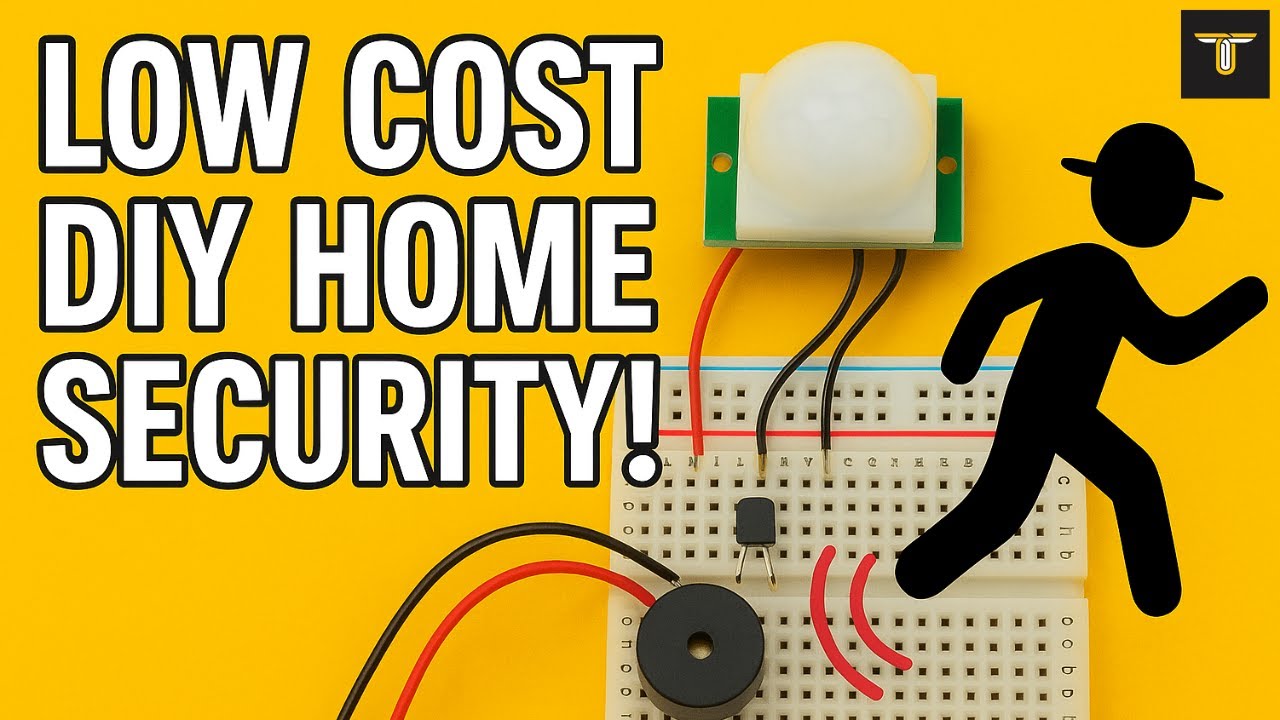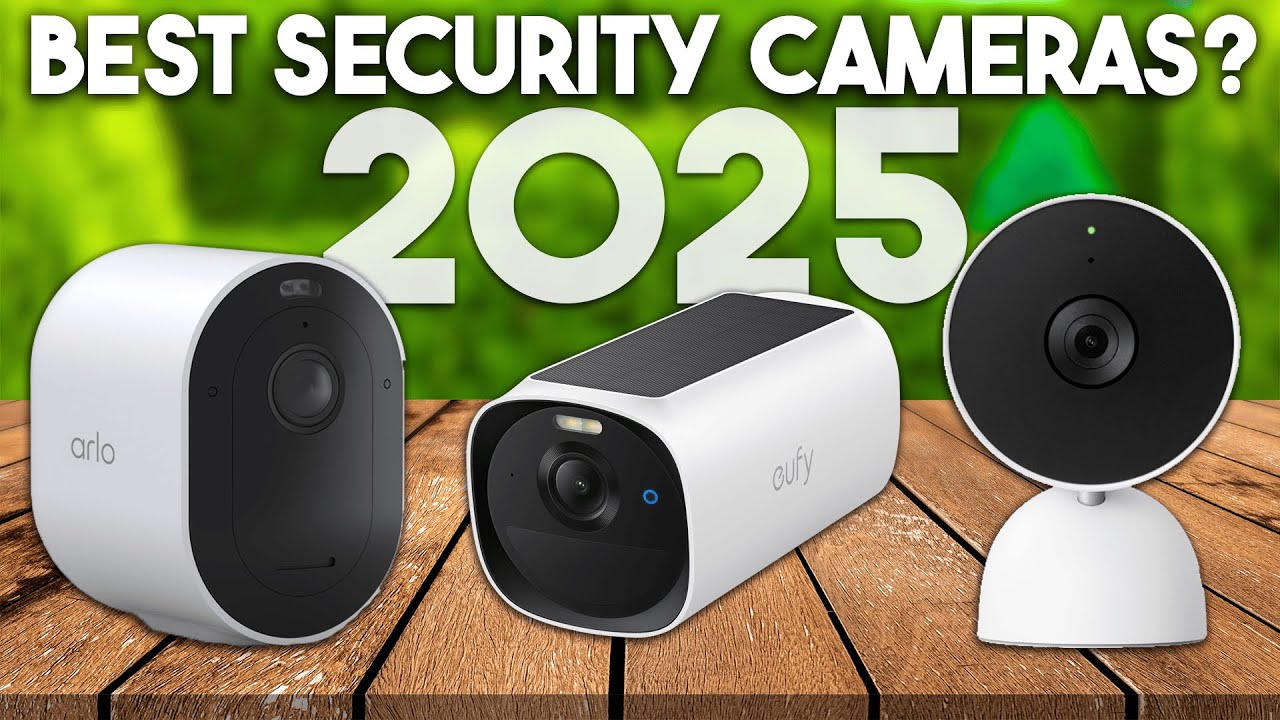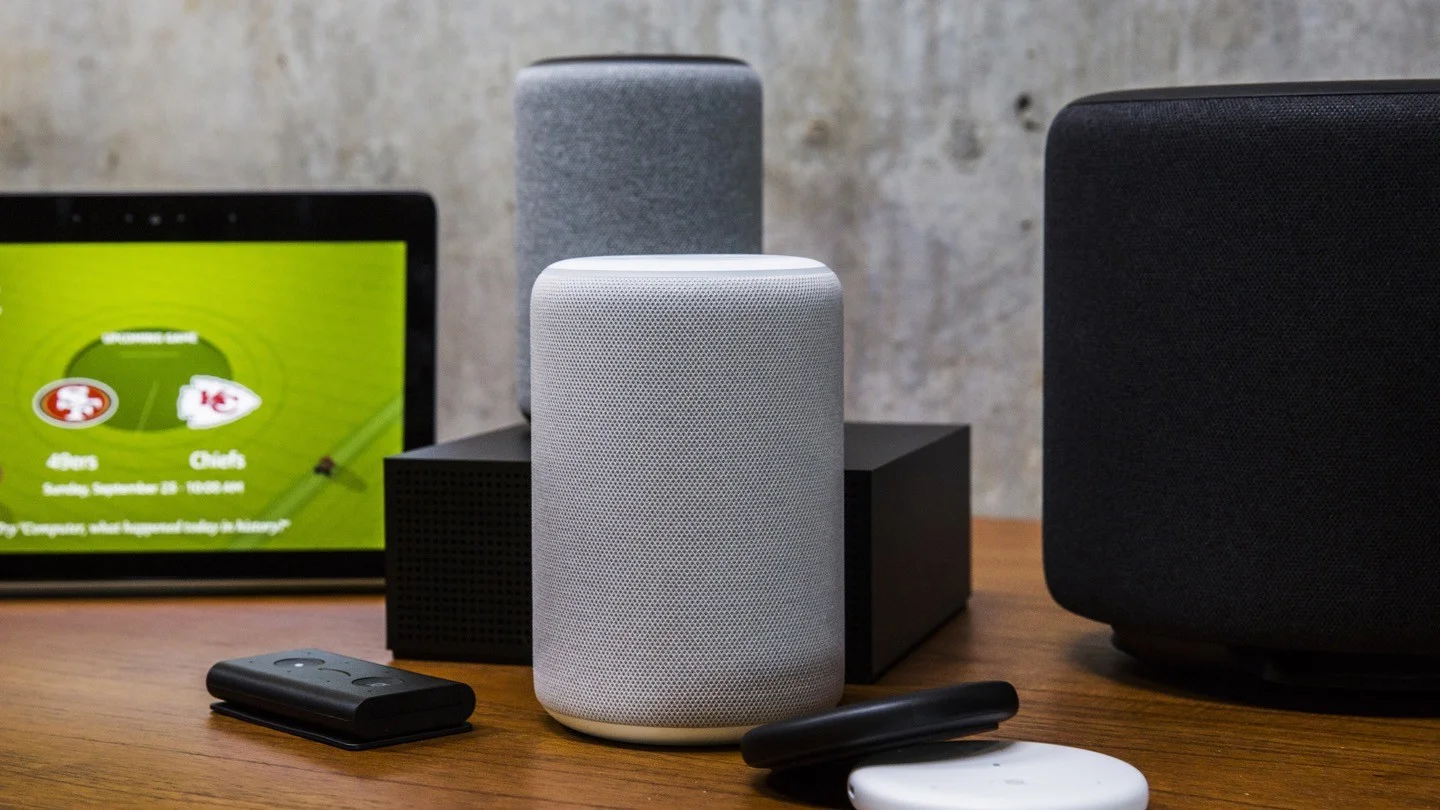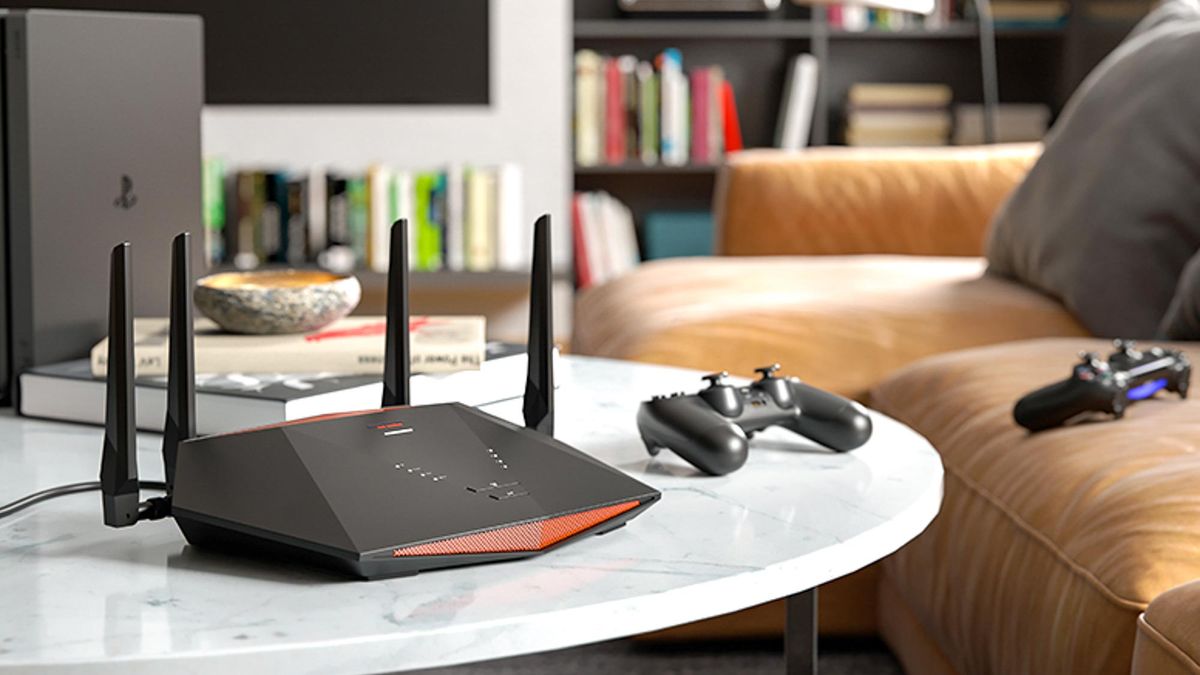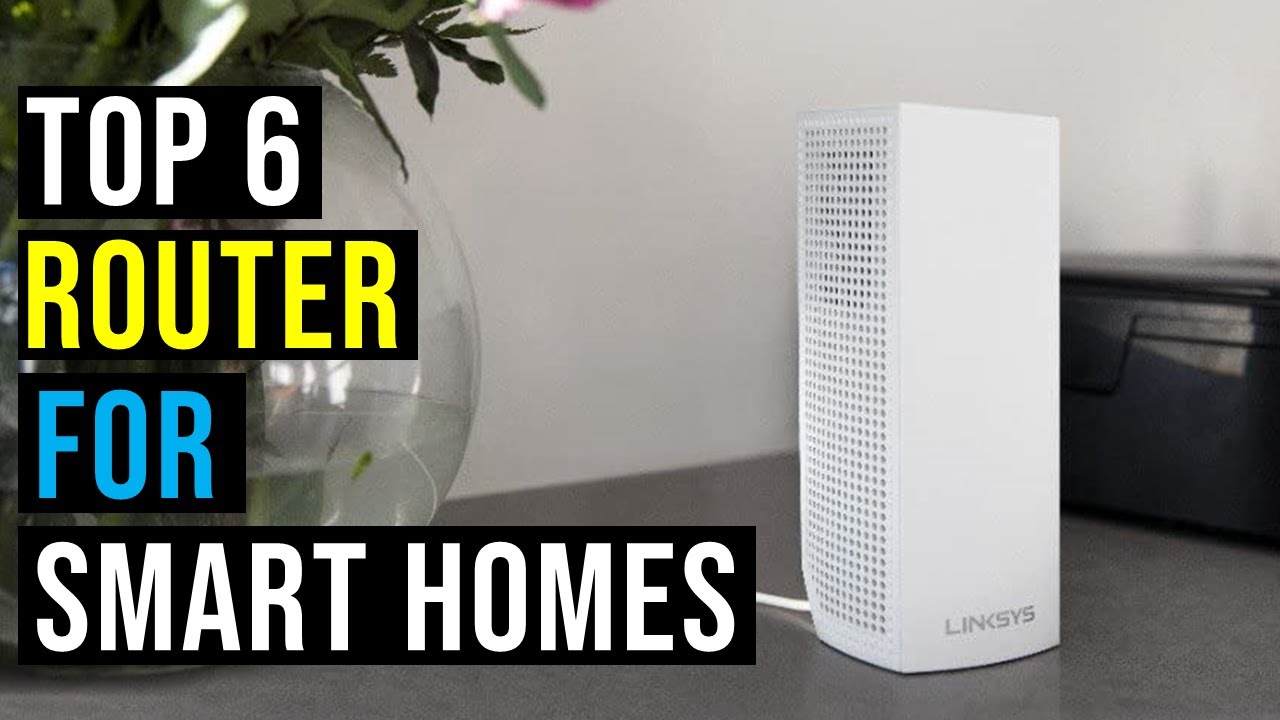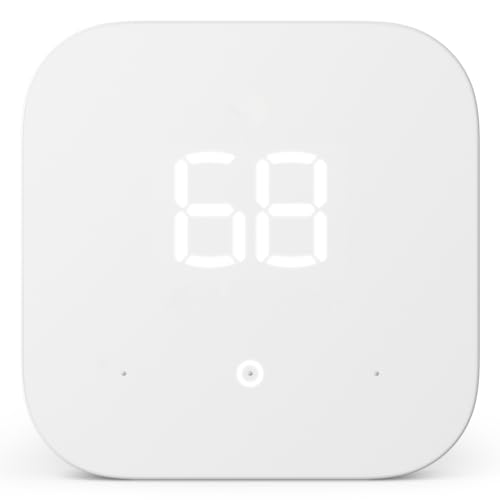Are you worried about the safety of your home but don’t want to spend a fortune on expensive security systems? You’re not alone.
Protecting your family and belongings is a top priority, and the good news is—you can take control of your home security with simple, affordable DIY solutions. Imagine feeling safer every day without complicated setups or high monthly fees. This guide will show you easy steps you can take right now to boost your home’s security and peace of mind.
Keep reading to discover how small changes can make a big difference in protecting what matters most to you.

Credit: www.youtube.com
Benefits Of Diy Home Security
Installing a home security system yourself offers many benefits. You can save money, customize the system, and set it up quickly.
DIY home security gives you control over your safety without relying on professionals. It is a practical choice for many homeowners.
Cost Savings Compared To Professional Systems
DIY systems usually cost less than professional ones. You avoid monthly fees and expensive installation charges.
Many DIY kits include all the parts you need at a lower price. You save by doing the installation yourself.
- No monthly monitoring fees
- Lower upfront equipment costs
- No professional installation charges
- Use existing Wi-Fi and power sources
Customization To Fit Your Needs
You can choose the devices that fit your home and lifestyle. Add cameras, sensors, or alarms where you want them.
DIY systems let you build a setup that matches your exact security needs. Change or upgrade parts anytime.
- Choose specific sensors for doors and windows
- Add cameras in key areas
- Customize alerts and notifications
- Expand the system as needed
Quick Installation And Setup
DIY home security systems are easy to install. Most kits come with clear instructions and tools you need.
You can set up the system in a few hours. This means your home is protected faster than waiting for a technician.
- No waiting for professional appointments
- Simple plug-and-play devices
- User-friendly apps for control
- Instant alerts and monitoring
Credit: local.yahoo.com
Essential Diy Security Tools
Keeping your home safe is important. You can install security tools yourself. These tools help protect your house from intruders.
Choosing the right security tools makes your home safer. Simple devices can give you peace of mind.
Smart Cameras And Video Doorbells
Smart cameras let you watch your home from anywhere. They record video and send alerts to your phone.
Video doorbells show who is at the door. You can speak to visitors without opening the door.
- Night vision for clear video in the dark
- Motion detection to alert you of movement
- Easy installation with wireless options
Motion Sensors And Alarms
Motion sensors detect movement inside or outside your home. They trigger alarms to scare off intruders.
Alarms can be loud sirens or silent alerts sent to your phone. They add a strong layer of protection.
- Install sensors near entrances and hallways
- Choose alarm volume that fits your needs
- Some systems connect to your smartphone
Window And Door Locks
Strong locks keep doors and windows secure. Replace old locks with modern, sturdy ones for better safety.
Deadbolt locks add extra protection. Use window locks to stop easy entry from outside.
- Use keyed deadbolts for main doors
- Add window locks to all accessible windows
- Check locks regularly to ensure they work well
Affordable Security Solutions
Keeping your home safe does not have to cost a lot. Many simple and low-cost options protect your house.
These solutions use smart ideas and easy tools you can find or buy cheaply. They help you stay secure.
Using Wireless Technology
Wireless devices are easy to install and move around. They avoid the need for wires and drilling.
Many wireless security items use Wi-Fi or Bluetooth. They connect to your phone for alerts and control.
- Wireless cameras can watch your home inside and outside.
- Smart locks open and close doors remotely.
- Motion sensors detect movements and send alerts.
Repurposing Old Devices
You can use old phones, tablets, or cameras for security. They save money and reduce waste.
Apps let old phones turn into security cameras. You just need Wi-Fi and a power source.
- Set an old phone to record video when it detects motion.
- Use a tablet as a control panel for home alarms.
- Turn spare cameras into baby monitors or pet watchers.
Budget-friendly Sensor Kits
Sensor kits include door, window, and motion sensors. They are affordable and simple to set up.
Kits often connect to your phone or a base station. They alert you if something triggers a sensor.
| Sensor Type | Purpose | Cost Range |
| Door/Window Sensor | Detects when doors or windows open | Low |
| Motion Sensor | Notifies when movement is detected | Low to Medium |
| Glass Break Sensor | Alerts if glass breaks | Medium |
Simple Installation Tips
Installing a DIY home security system can keep your house safe. You do not need special skills to set it up.
Follow some easy tips to make your system work well and protect your home effectively.
Choosing The Best Locations
Place security devices where they cover main entry points. Think about doors and windows that burglars might use.
High corners or near the ceiling work well for cameras. Avoid spots blocked by furniture or plants.
- Front and back doors
- Ground-level windows
- Garage entrances
- Hallways and staircases
Ensuring Strong Wi-fi Connectivity
Your security system needs a strong Wi-Fi signal to send alerts and stream video. Weak signals cause delays or errors.
Place routers near security devices or use Wi-Fi extenders. Test the connection before final installation.
- Keep router in open space
- Reduce walls between router and devices
- Use Wi-Fi extenders if needed
- Check signal strength on devices
Regular Maintenance And Testing
Check your home security system often. Regular testing helps find problems before they cause trouble.
Change batteries and clean cameras to keep devices working well. Test alarms and sensors monthly.
- Replace batteries every 6-12 months
- Clean camera lenses and sensors
- Test alarms and alerts monthly
- Update software or firmware when available
Enhancing Security With Smart Home Devices
Smart home devices help improve home security easily. They connect to your network to keep your home safe.
Using smart devices gives more control and alerts you about unusual activities fast.
Integrating Voice Assistants
Voice assistants like Alexa or Google Assistant control security devices with simple commands. You can arm alarms or check cameras using your voice.
They also make it easier to manage multiple devices without needing to use your phone or switches.
Automating Lights And Alerts
Smart lights can turn on or off automatically to make your home look occupied. This can stop potential intruders.
Alerts from sensors and cameras notify you if they detect motion or sounds, helping you react quickly.
- Set lights to turn on at sunset
- Receive alerts for unusual movements
- Link alarms to smart lights for quick attention
Remote Monitoring On Mobile Apps
Mobile apps let you check your home security from anywhere. You can see live video feeds and control devices remotely.
These apps send notifications if they detect anything unusual, so you can act fast if needed.
Common Diy Mistakes To Avoid
Setting up your own home security can save money. It also lets you customize the system your way.
Many people make simple errors that reduce how well their system works. Avoiding these mistakes keeps your home safe.
Ignoring System Updates
Security systems need updates to fix bugs and add features. Skipping updates can leave holes in your protection.
Make sure to check for updates regularly. Install them as soon as possible to keep your system strong.
Overlooking Blind Spots
Blind spots are areas your cameras or sensors cannot see. These spots let intruders enter unseen.
Check your whole property for blind spots. Place extra cameras or sensors to cover these areas fully.
- Check corners and behind large objects
- Look for spots with poor lighting
- Test your system with a walk-around
Neglecting Backup Power Options
Power outages stop most DIY security systems. Without power, cameras and alarms will not work.
Use backup power like batteries or generators. This keeps your system running during outages and keeps your home safe.
Boosting Security With Neighborhood Efforts
Keeping your home safe is easier when neighbors work together. A strong community can prevent crime.
Neighbors who watch out for each other create a safer place for everyone. Small actions add up.
Joining Local Watch Groups
Local watch groups bring neighbors to help watch the area. They share information about suspicious activity.
These groups often meet to discuss safety tips and neighborhood concerns. Joining helps you stay informed.
Sharing Security Tips And Alerts
Neighbors can share advice on how to secure homes. Sharing alerts about recent crimes helps everyone stay alert.
Use simple tools like phone calls, texts, or social media to send quick updates. This keeps the community aware.
- Tips on locking doors and windows
- Alerts about suspicious people or cars
- Advice on installing security devices
Organizing Community Patrols
Neighbors can work together to watch the streets at different times. Patrols show criminals the area is active.
Organize a schedule where people take turns walking or driving around the neighborhood. This helps spot trouble early.
- Set clear patrol times and routes
- Use reflective clothing for safety
- Report any problems to the police
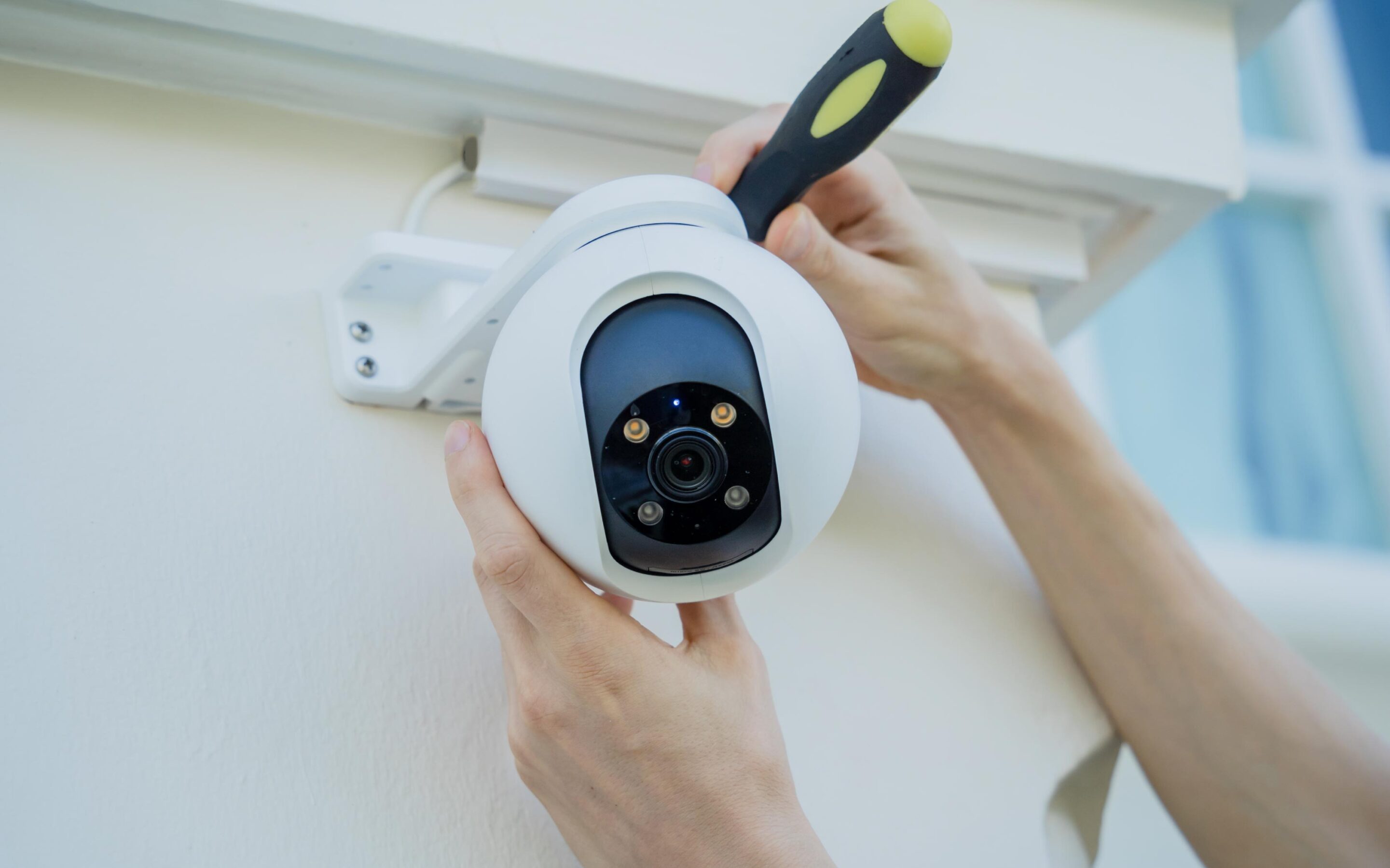
Credit: peakalarm.com
Frequently Asked Questions
What Are The Best Diy Home Security Systems?
The best DIY home security systems are easy to install, affordable, and reliable. Popular options include SimpliSafe, Ring, and Arlo. They offer wireless setups, mobile monitoring, and smart home integration. Choose a system based on your budget and specific security needs for effective protection.
How Can I Secure My Home Without Professional Help?
You can secure your home by installing smart locks, security cameras, and motion sensors yourself. Use timers for lights and reinforce doors and windows. Regularly update passwords and create a neighborhood watch. DIY efforts can significantly enhance home safety at a lower cost.
Are Diy Security Cameras Effective For Home Protection?
Yes, DIY security cameras are effective for monitoring your property. They provide real-time alerts and video footage accessible via smartphones. Quality cameras offer night vision and motion detection. Proper placement and maintenance maximize their effectiveness in deterring intruders.
What Budget-friendly Diy Security Tips Are Most Useful?
Budget-friendly tips include installing door and window alarms, using smart lights, and setting up visible cameras. Reinforce entry points with deadbolts and use security signs to deter burglars. Simple measures like trimming bushes and maintaining outdoor lighting also improve safety without high costs.
Conclusion
Creating your own home security is both practical and rewarding. Simple tools and methods can greatly enhance safety. You gain control and customization over your security needs. DIY solutions save money while providing peace of mind. Regular checks and updates keep your system effective.
Remember, even small changes can make a big difference. Stay vigilant and protect your home with these easy steps. Your family’s safety is in your hands. Start today and feel more secure. Implement these tips and enjoy a safer environment.
Home security doesn’t have to be complex or costly.
18 min read

